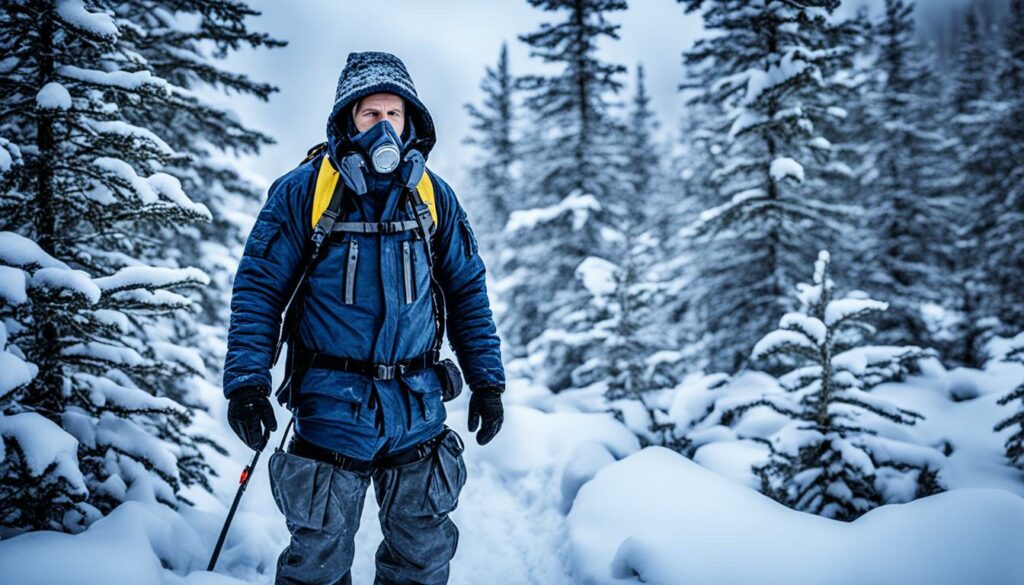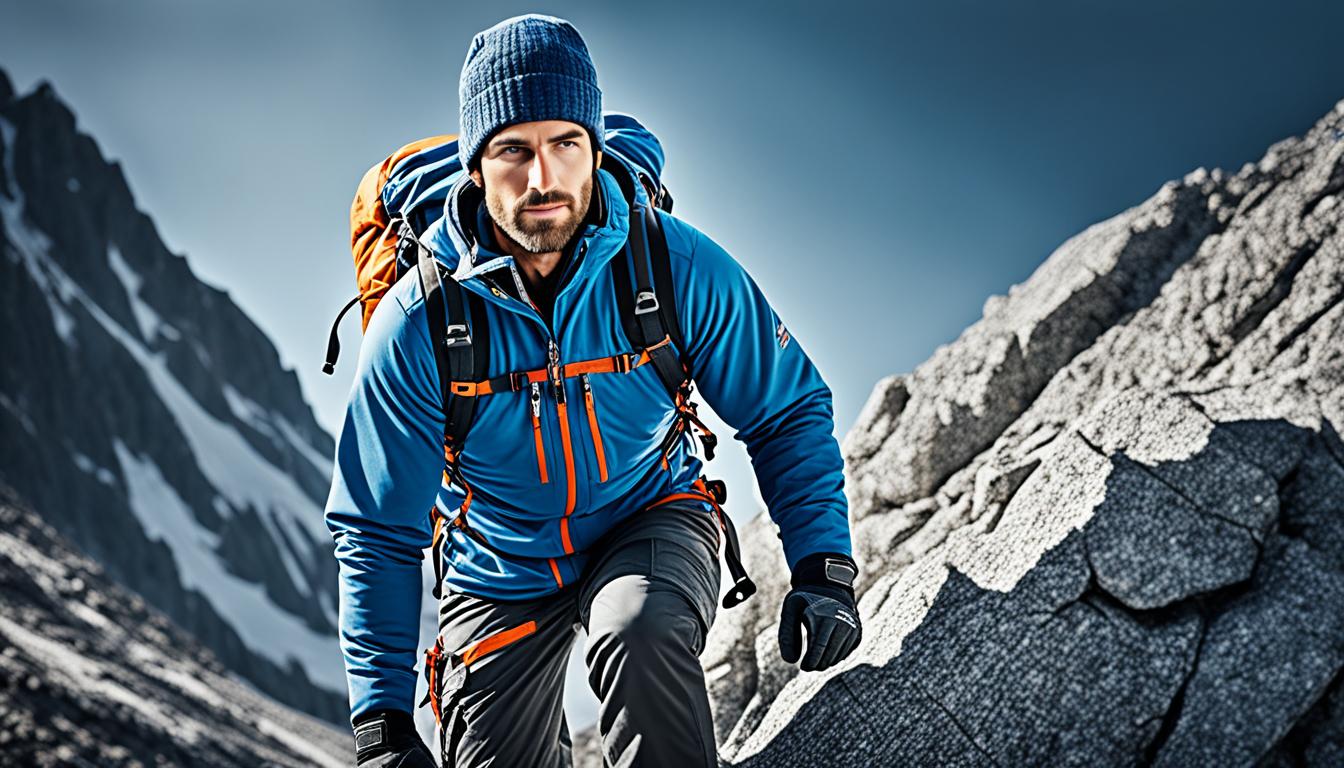Survival Clothing Guide: Best Fabrics to Keep You Safe in Harsh Conditions
When you’re facing extreme conditions in the wild, the clothes you wear can literally mean the difference between life and death. In survival situations, it’s not about fashion—it’s about function.
The right fabrics protect your body from the cold, wind, rain, and other harsh elements. From natural fibers like wool to high-performance synthetics like nylon and polyester, each material plays a crucial role.
This guide will help you understand which fabrics offer the best combination of durability, insulation, breathability, and cost-effectiveness—so you’re always ready when it matters most.
Key Takeaways
- Survival clothing must balance durability, weight, and cost to provide optimal protection.
- Natural fibers like wool offer excellent insulation and moisture-wicking properties.
- Synthetic fabrics like nylon and polyester excel in strength, abrasion resistance, and water repellency.
- Blending natural and synthetic fibers can create the most versatile and resilient survival clothing.
- Proper layering is key to maintaining core body temperature and managing moisture in tough conditions.
The Importance of Choosing the Right Survival Clothing
Choosing the right clothes for the outdoors is key to survival. Survival clothes need to be tough, light, and affordable. But finding one that’s great in all three is hard. Preppers and outdoor lovers often have to choose two out of three.
Durability, Weight, and Cost: The Trilemma
Clothes that last long in the wild are a must. But they can be heavy or expensive. Light clothes are comfy but might not last long. And cheap clothes might not protect you enough.
Prioritizing Function Over Fashion
For survival clothes, being useful is more important than looking good. Looks matter, but safety and comfort are key. Choosing clothes that work well lets you focus on your needs, not trends.
The best survival clothes keep you safe and well. They balance toughness, lightness, and cost. By picking clothes that work well, you’re ready for outdoor adventures and emergencies.
Natural vs. Synthetic Fibers: An Overview
Choosing between natural and synthetic fibers for survival clothes is important. Each type has its own good and bad points. These are key to think about when making your survival kit.
Advantages and Disadvantages of Natural Fibers
Natural fibers like cotton, wool, and linen are great for survival clothes. They’re easy to fix in the wild, don’t cost much, and let air in well. They’re good for base layers and clothes you wear next to your skin.
But, natural fibers have some downsides. Moisture can harm them, making them less good at keeping you warm and safe. This is a big worry in harsh weather where staying dry is key to survival.
Advantages and Disadvantages of Synthetic Fibers
Synthetic fibers such as nylon, polyester, and polypropylene are strong, last a long time, and resist wear and tear. They’re also cheaper than natural fibers. Plus, they don’t get damaged by fire or other dangers as much.
But, fixing synthetic clothes in the wild can be hard. They don’t breathe as well as natural ones, which can make you uncomfortable and overheat during long outdoor activities.
Choosing between natural and synthetic fibers for survival clothes depends on what you need and what you’ll face outside. Knowing the good and bad of each helps you pick the best for your survival kit.
Cotton: A Classic Fabric with Limitations
Cotton is a favorite fabric for many because it’s strong, breathable, and comfy. But, it has some downsides for survival clothes. It absorbs a lot of moisture, which can be dangerous if it’s close to your skin.
This moisture can make you lose heat and get too cold. It’s a big problem in the cold or wet outdoors. Cotton might work for some outerwear, but not for clothes that touch your skin in survival situations.
Survivalists and outdoor lovers often choose synthetic or wool fabrics instead. These materials keep you dry and warm in tough conditions. Knowing about cotton’s limits helps adventurers pick better clothes for survival.
Wool: The Versatile Champion of Survival Clothing
Wool is great for survival clothes because it has many good features. It keeps you warm even when it’s wet, fights bacteria and smells, and stops flames. It also takes sweat away from your skin to keep you at a good temperature.
Insulation, Moisture-Wicking, and Flame Resistance
Wool’s fibers trap air, which keeps you warm in wet places. This makes it perfect for survival clothes. It keeps your body heat in and keeps you from getting cold and uncomfortable.
Wool also keeps moisture away from your skin, stopping you from getting too cold. It’s also safe from flames, which is good for camping or surviving in the wild. This safety feature is very useful in emergencies.
Downsides: Cost and Abrasion Resistance
Wool is more expensive than other fabrics and doesn’t last as long. Fine wool, like Merino, gets worn out fast and might need to be replaced often.
But, wool’s good points are usually more important. It’s great for keeping warm, drying sweat, and being safe from flames. These reasons make wool a top pick for people who like to be prepared and enjoy the outdoors.

Nylon: Strength, Lightweight, and Abrasion Resistance
Nylon is a top pick for survival clothes. It’s strong, durable, and resists abrasion well. This makes it perfect for outdoor activities and tough environments.
Nylon is also very light. This means you can pack it easily and move freely. It’s great for both outerwear and base layers, keeping you comfortable in different weather.
Ideal for Outerwear and Base Layers
Nylon is great for outerwear like jackets and pants. It can handle a lot of wear and tear. It also keeps you safe from the elements.
For base layers, nylon is a favorite. It pulls moisture away from your skin, keeping you dry and comfy. This is key for staying active.
But, nylon can catch fire and melt when it gets very hot. This is a big safety concern. So, be careful with nylon near fires or sparks.
“Nylon is an incredibly versatile and durable fabric, making it a standout choice for survival clothing. Its strength and lightweight nature are unparalleled, allowing for enhanced mobility and protection in the great outdoors.”
Polyester: A Cost-Effective Alternative
Polyester is a great choice for survival clothes. It’s affordable and has many benefits. This makes it perfect for those watching their budget.
Polyester is cheaper than wool or nylon. It’s a affordable synthetic alternative. This lets you buy more survival gear with your money.
Polyester is medium strength and lightweight. It works well for many survival clothes. It’s not as tough as nylon, but it’s good for base layers and outerwear.
Polyester is cost-effective, but it has downsides. It doesn’t keep you as warm or dry as wool. Yet, for survival, it’s a good choice if you need something flexible and cheap.
“Polyester is a versatile and cost-effective option for survival clothing, offering a balance of performance and value.”
When picking survival clothes, think about durability, weight, and cost. Polyester might not always be the best choice. But, it’s a good, cheap option for base layers and outerwear.

Best Fabrics for Survival Clothing
When picking survival clothes, mix natural and synthetic fibers. A good mix is nylon-cotton (NYCO). It’s strong, durable, and comfy. Plus, it’s cheaper than some other materials.
This makes it great for preppers and outdoor fans. They can make a strong and flexible wardrobe for when they need it most.
Blending Natural and Synthetic Fibers
Survival clothes often use a mix of natural and synthetic fibers. For example, nylon-cotton (NYCO) blends. They give you strength, durability, and comfort. And they’re cheaper than some other options.
Choosing the right mix helps preppers and outdoor lovers. They can make a strong and flexible wardrobe for survival.
- Nylon-cotton (NYCO) blends provide a balance of strength, durability, and comfort.
- Hybrid fabrics can be more cost-effective than pure natural or synthetic materials.
- Carefully selecting the right blend can create a versatile and resilient survival wardrobe.
By mixing natural and synthetic fibers, survival clothes get the best of both. This way, they make clothes that are useful and affordable. It’s perfect for preppers and outdoor fans.
Layering: The Key to Versatile Protection
Layering is key for survival clothes that change with the weather. It’s about having base, insulation, and outer layers that work well together. This makes sure you stay safe and comfy in many places.
Base Layer, Insulation Layer, and Outer Shell
The base layer should be made of moisture-wicking fabric. This keeps your skin dry and stops sweat from building up. Then, the insulation layer, like fleece or down, adds warmth without being too heavy.
The outer shell must be strong and keep out wind, rain, and snow. By layering right, you can stay comfy and ready for any weather. This way, you can change your layers as needed to stay safe and happy outside.
FAQ
What are the most important factors to consider when choosing survival clothing?
What are the advantages and disadvantages of natural fibers for survival clothing?
Why is cotton a poor choice for base layers in survival clothing?
What makes wool an excellent choice for survival clothing?
How do nylon and polyester compare as fabrics for survival clothing?
How can blending natural and synthetic fibers be beneficial for survival clothing?
Why is layering an important strategy for survival clothing?
Source Links
- Survival clothing beginner’s guide – https://theprepared.com/gear/guides/clothing-101/
- What Clothing To Take For Survival And Bushcraft? (Guide) – https://survival-kompass.de/en/which-clothing-for-survival-and-bushcraft/
- The Best Survival Jacket for Your Next Bushcraft Project | UF PRO Blog – https://ufpro.com/us/blog/survival-jacket-bushcraft
